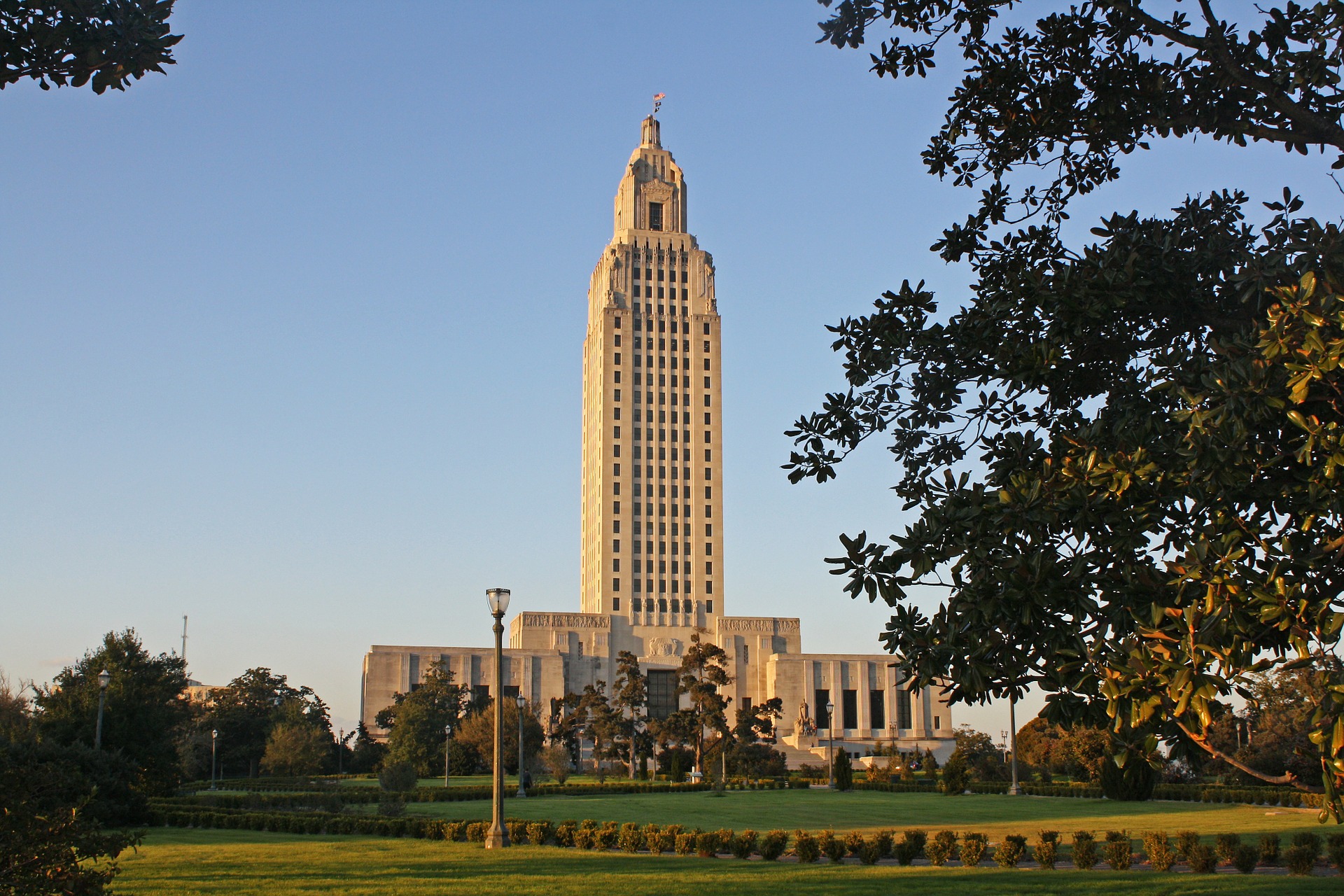Talks in Obama’s Bergdahl release had wider goal
June 11, 2014CRIME BLOTTER: Reported Offenses in the Tri-parishes
June 11, 2014Ward 6’s vulnerability to high waters flared again after runoff from an extended rain event breached levees in Choupic last week, causing no damage but again concentrating focus on a Lafourche corridor susceptible to backwater floods.
Waters did not pose the threat of property harm, officials said. Public works crews stabilized the breaches with sandbags, as they were forced to do two years ago when rainwater Hurricane Isaac left behind overtopped protection levees in Kraemer.
Parish officials are looking to implement quick fixes in the early days of hurricane season and some solutions have been applied since Isaac, but millions of dollars in work are needed before levee district officials would deem the north Lafourche area sufficiently protected from backwater flood risk.
“Backwater elevations that we’re seeing in the northern part (of the parish) are getting higher and higher,” said Dwayne Bourgeois, executive director of the North Lafourche Levee District.
Lac Des Allemands, because of its relative elevation, draws rainwater drainage from places such as Labadieville, Vacherie and Donaldsonville. Historically, the water flowed through the body of water and into the Gulf of Mexico via the Barataria Basin.
But the erosion of marsh in the basin has meant that tropical events, which bring southern winds and tidal surges, block the water from running south. Recent events have shown that the convergence occurs in the Choctaw-Kraemer-Bayou Bouef region, as Isaac, a Category 1 hurricane when it reached Louisiana’s coast, delivered a record high-water level in Bayou Des Allemands. Even prolonged heavy rain north of Lafourche can deliver high water levels in Ward 6 a couple days later.
More than $16 million worth of backlog projects would need to be realized before the area’s backwater-flood threat can be quelled, according to a calculation of pending North Lafourche Levee District projects in the Choupic, St. James and the Lake Bouef Watershed regions.
“We’ve got plans on the individual levee systems to try to do whatever we can within the limits of resources to improve them,” Bourgeois said.
All told, the district has identified more than 110 projects in their jurisdiction – everything north of the Intracoastal Waterway – at a combined cost of $250 million. Its annual revenue is about $3 million from a property-tax levy, plus whatever capital awards the state may grant. Ward 6 wasn’t added to the district’s jurisdiction until 2006.
Voters in 2012 rejected the district’s one-cent sales proposal, which would have raised $9 million per year, by an 8-point margin. It’s unclear whether the district will again seek a new tax stream.
Meanwhile, the levee district is taking a piecemeal approach throughout the parish, exemplified in north Lafourche.
Engineering has begun on improvements to the 420-acre Zeller-Larousse drainage area, which protects 234 homes, as well as businesses. Funding for first phases of the $4.4 million project is mostly in place, enough to fund the lifting the more than 6 miles of backwater levees in the Kraemer region.
Also in Kraemer, the 31-acre Bayou Bouef School forced drainage project awaits engineering. The levee protecting 20 residences would be recapped and reshaped, the road embankment heightened and a new, small pump station installed.
Elsewhere in Ward 6, the district continues clearing vegetation from and dredging the area’s drainage canals to allow unimpeded flow.
On a larger scale, the federally authorized Morganza-to-the-Gulf and dreamed Donaldsonville-to-the-Gulf projects, even scaled-down versions, would aid efforts by keeping storm surges out of the Barataria Basin, Bourgeois said.
The problem in Choupic last week was a byproduct of the larger issue, officials said, but it was different from other incidents that have plagued the area and could be solved independently.
Draining backwater last week did not overtop the levees, but seeped through them. Officials said the water funneled along the outside of closeable culverts embedded in the system as mandated by the U.S. Army Corps of Engineers. In addition to sandbags, crews used dirt fill to stop the seepage and packed the levee firmly around the culverts with parish equipment, Public Works Director Don Edwards said.
Lafourche Parish President Charlotte Randolph declared a State of Emergency June 2. Parish Administrator Archie Chaisson III said the declaration allowed Lafourche to bypass the Corps’ and the state Department of Natural Resources’ permitting requirements in order to repair the levee expediently. Such permits will be obtained “after the fact,” the administrator said.
Choupic’s levee breach happened Monday evening. The parish repaired the last of eight areas on Wednesday. As of last week, after all the breaches were repaired, the parish had not incurred emergency spending, Chaisson said.
A lasting fix sought by the parish’s public works director is to install anti-seep collars, which would encase the culverts.
“When you have a pipe that’s buried by earth, sometimes the water will tend to slide along the outside of a pipe, and what (a collar) does, is it stops that. There’s a barrier; sometimes it’s concrete, sometimes it’s something else,” Edwards said. “The fact that these vulnerabilities have shown themselves now might be a blessing because we’re fixing them now.”
Still, the overall stability and height of the Ward 6 system of levees, including those in Choupic, remain unsuitable. The issues were identified before last week, but a lack of funding has prevented the solutions from being enacted.
Edwards and Bourgeois were scheduled to meet Monday to discuss short- and long-term fixes to Choupic and the region as whole, as well as emergency operations in the event of a hurricane.
“What we do know is that we’re going to have to be fully aware of what’s going on during a storm there, give it additional inspection just to see if anything crops up,” Edwards said.









